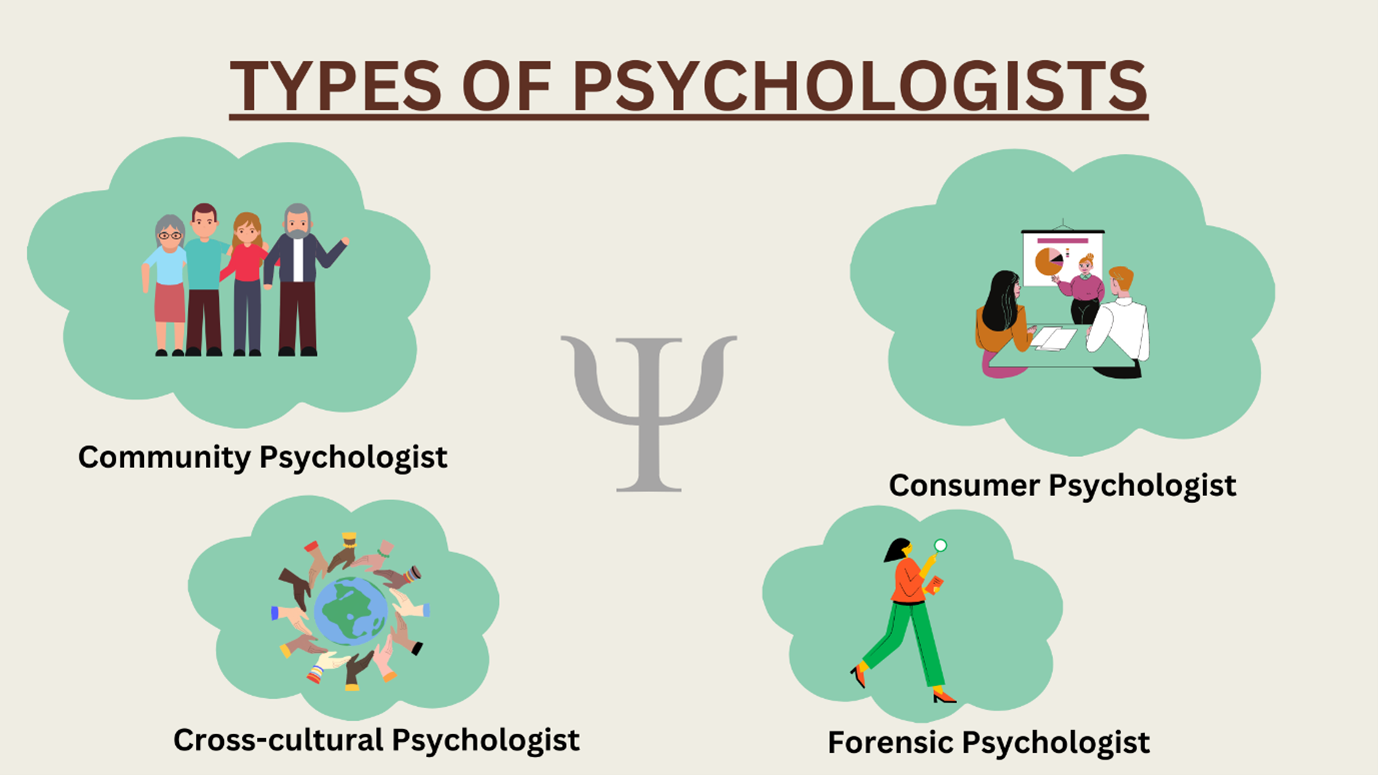How to Pick the Best Psychologist in Delhi for Personalized Treatment
Wiki Article
Psych Therapy: A Comprehensive Guide to Outcomes and strategies

Cognitive-Behavioral Therapy
Cognitive-Behavioral Therapy (CBT) is an extensively used psychotherapeutic method that focuses on identifying and modifying useless reasoning and habits patterns. Developed in the 1960s by Aaron T. Beck, CBT integrates cognitive and behavior concepts to deal with various psychological health problems, including anxiety, anxiety, and stress-related problems.CBT is defined by its organized, ambitious nature. Therapy usually includes a joint process between the therapist and client, where particular problems are determined, and sensible strategies are created to resolve them. Strategies such as cognitive restructuring, exposure therapy, and skill-building exercises are frequently used. Cognitive restructuring includes tough and altering adverse idea patterns, while direct exposure treatment aims to minimize worry and stress and anxiety through steady direct exposure to feared circumstances or objects.
Evidence-based study supports the efficacy of CBT for a wide array of psychological problems - Best Psychologist in Delhi. Its focus on ability purchase and self-help methods equips clients to continue progression separately after therapy concludes. The flexibility and efficiency of CBT have made it a foundation in modern psychotherapeutic method
Psychodynamic Approaches
Rooted in the early theories of Sigmund Freud, psychodynamic methods concentrate on exploring the unconscious mind and its impact on actions and feelings. These techniques aim to reveal surprise thoughts and feelings that might be driving maladaptive actions and mental distress. Central to this method is the idea of internal problem, often originating from unsettled previous experiences, particularly those from childhood.Therapists using psychodynamic techniques use several essential techniques, including complimentary association, where clients are urged to speak freely to disclose unconscious material, and desire evaluation, which interprets the unrealized material of dreams. Furthermore, the expedition of transfer and countertransference characteristics within the therapeutic connection is crucial. These communications can offer understandings into the person's inner world and relational patterns.
Psychodynamic therapy is usually longer-term contrasted to various other methods, providing a detailed and deep understanding of the person's subconscious. Research study suggests that it can be especially reliable for intricate psychological wellness issues, such as personality conditions and persistent depression. By fostering self-awareness and emotional understanding, psychodynamic treatment seeks to bring unconscious product to consciousness, making it possible for people to achieve lasting and purposeful modification in their lives.
Humanistic Techniques
Building on the structures laid by psychodynamic approaches, humanistic strategies offer a distinct viewpoint concentrated on private prospective and self-actualization. Coming from the mid-20th century, these techniques prioritize the integral benefits and growth potential of individuals, stressing an alternative view of human experience. Trick numbers such as Carl Rogers and Abraham Maslow have substantially affected this healing method, which includes approaches like client-centered treatment and Gestalt treatment.Client-centered treatment, developed by Rogers, plays a pivotal role in humanistic techniques. The specialist's role is even more of a facilitator than an authority, encouraging customers to harness their internal sources for recovery.
Gestalt treatment, another crucial humanistic method, stresses existing minute understanding and the assimilation of body and mind. By concentrating on the "present moment," customers obtain higher understanding into their existing feelings and habits. Strategies such as role-playing and guided visualization are frequently used to assist clients acquire a deeper understanding of themselves, ultimately leading to improved self-awareness and satisfaction.
Integrative Treatments
Integrative treatments represent a synthesis of numerous healing techniques customized to meet the one-of-a-kind demands of each client. This method acknowledges the complexity of human psychology and the complex nature of mental health and wellness problems. By incorporating elements from different schools of psychiatric therapy-- such as cognitive-behavioral treatment (CBT), psychodynamic therapy, and humanistic approaches-- integrative treatments supply an even more holistic and adaptable treatment paradigm.Practitioners of integrative treatment examine each customer's details requirements, signs, and personal history to develop a customized therapy strategy. This individualized method enhances the potential for healing success by addressing the origin of emotional distress and advertising total well-being. Methods could include mindfulness workouts, cognitive restructuring, and psychological handling, each picked to target different elements of the client's concerns.
Furthermore, integrative treatments stress the restorative partnership, viewing the client-therapist bond as a critical part of effective treatment. This relationship promotes a supportive setting where customers really feel secure to explore and address their problems. The flexibility of integrative treatments makes them appropriate for a wide series of conditions, including anxiety, depression, trauma, and interpersonal problems, therefore boosting their applicability and efficiency in varied scientific settings.

Determining Treatment End Results
Assessing the performance of psychiatric therapy is essential for both clients and clinicians to make certain that the treatment is yielding the wanted outcomes. To achieve this, different techniques and devices are employed to gauge treatment results systematically. Standardized assessment tools, such as the Beck Anxiety Supply (BDI) and the Generalized Stress And Website Anxiety Problem 7 (GAD-7), provide measurable data on symptom intensity and changes in time.Along with standard devices, qualitative techniques like customer self-reports and scientific meetings supply useful understandings into the individual experiences and perceived development of customers. Routinely arranged examinations, commonly at the start, midpoint, and end of therapy, help in tracking the trajectory of enhancement or identifying areas requiring change.
End result dimension is not restricted to symptom decrease; it also encompasses useful renovations in every day life, such as better interpersonal relationships, enhanced job performance, and improved general well-being. Modern developments in digital wellness have presented mobile apps and online systems that assist in real-time surveillance and feedback, better fine-tuning the assessment process.
Inevitably, a comprehensive method to gauging therapy outcomes guarantees that restorative treatments are effective, efficient, and customized to fulfill the specific needs of customers, thus optimizing the overall restorative experience.
Verdict
read review Humanistic methods concentrate on individual development and self-actualization, while integrative treatments incorporate multiple methods for customized treatment strategies. Reviewing treatment end results through standardized evaluations and qualitative techniques makes sure a comprehensive understanding of performance, eventually directing clients towards withstanding mental wellness renovations.From the organized strategy of Cognitive-Behavioral Therapy (CBT) to the deep exploration of the subconscious in psychodynamic therapy, each method brings distinct advantages. Its emphasis on ability procurement and self-help methods empowers customers to continue development independently after therapy concludes (Best Psychologist in Delhi). Trick numbers such as Carl Rogers and Abraham Maslow have actually significantly affected this healing method, page which includes approaches like client-centered treatment and Gestalt treatment

Report this wiki page